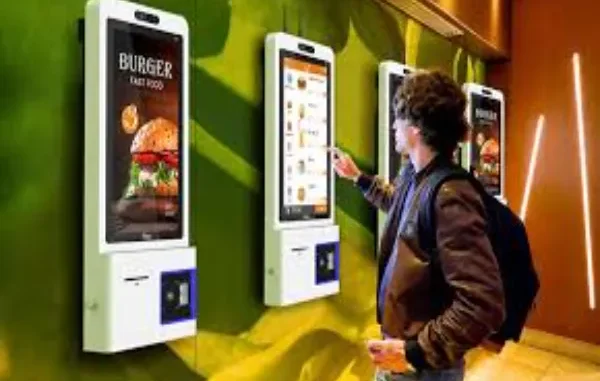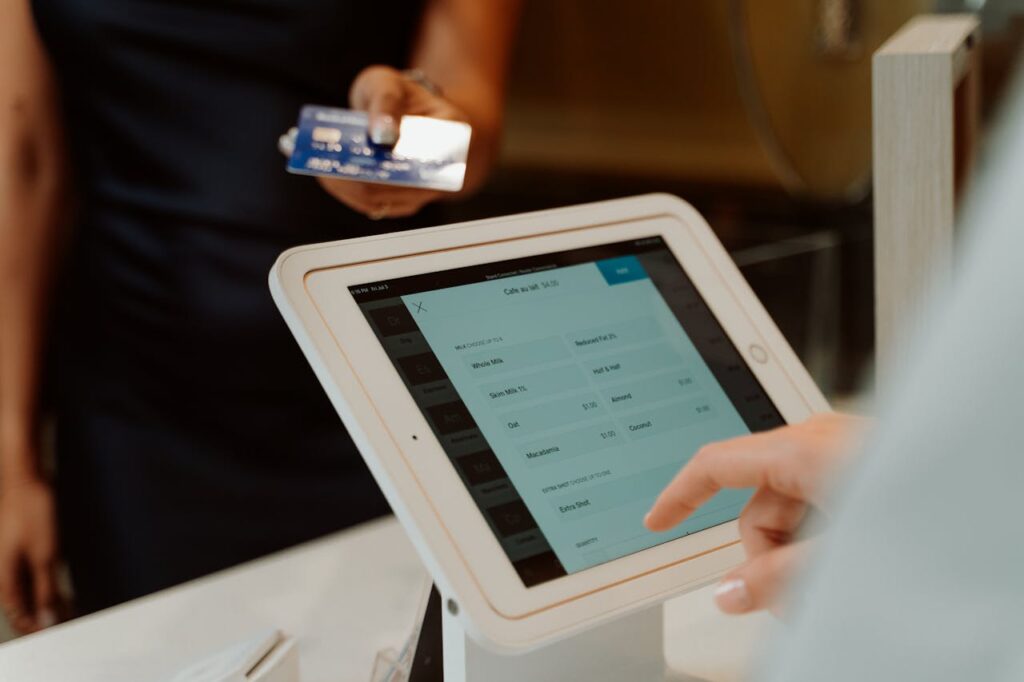

In the fast-paced world of quick service restaurants (QSRs) and retail, digital ordering kiosks have become essential tools to streamline the ordering process. However, like any technology, digital ordering kiosks can sometimes experience issues that affect their performance and customer satisfaction. This article will explore some common problems that businesses encounter with digital ordering kiosks and provide solutions to fix them.
1. Unresponsive Touch Screens
One of the most common issues with digital ordering kiosks is unresponsive or malfunctioning touch screens. This can frustrate customers and slow down service, especially in a busy environment.
Solution:
- Regular Calibration: Ensure that kiosks are regularly calibrated to maintain sensitivity.
- Screen Protection: Invest in screen protectors or use anti-glare technology to prevent damage and maintain responsiveness.
- Firmware Updates: Check for software or firmware updates that could resolve issues related to screen calibration and touch accuracy.
2. Slow Software or System Freezes
Digital ordering kiosks rely on fast, smooth-running software to provide a seamless user experience. When the software runs slowly or freezes, it can significantly impact the customer’s experience and even lead to lost sales.
Solution:
- Software Updates: Ensure that your kiosks are running the latest version of the software, as updates often fix bugs and improve performance.
- Hardware Upgrade: Sometimes, older hardware can slow down performance. Upgrading the RAM or processor might help speed things up.
- Clear Cache: Just like with smartphones, clearing the cache can help improve speed by removing unnecessary data and processes.
3. Network Connectivity Issues
A stable internet connection is crucial for digital ordering kiosks to function properly. If there are frequent network disruptions, it can prevent customers from completing their orders, leading to frustration and lost business.
Solution:
- Reliable Wi-Fi: Ensure the kiosk is placed in an area with a strong and consistent Wi-Fi signal.
- Ethernet Backup: Consider using a wired connection for critical kiosks, especially in high-traffic areas.
- Network Monitoring: Invest in a network monitoring tool to identify connectivity issues before they affect the kiosk’s performance.
4. Payment Problems
Many digital ordering kiosks integrate with payment gateways to allow customers to pay directly from the screen. Payment issues, such as failed transactions or inability to process certain payment methods, are a common problem.
Solution:
- Regular Testing: Regularly test the payment processing system to ensure it is working smoothly with all supported payment methods, including credit cards, mobile payments, and gift cards.
- Customer Support: Ensure kiosks are connected to customer support for troubleshooting payment issues in real time.
- Backup Payment Methods: In case of a system failure, provide alternative payment methods (e.g., QR codes, mobile apps) to minimize disruption.
5. Lack of Software Customization
Digital ordering kiosks need to offer a user-friendly interface that aligns with your business branding and meets customer expectations. A generic, unappealing interface can confuse customers and reduce the overall effectiveness of the kiosk.
Solution:
- Customizable Software: Choose kiosks that allow customization of the interface, from adding your brand’s logo and colors to creating an intuitive menu layout.
- User Testing: Conduct regular user testing to identify potential issues with navigation and design. Feedback from actual customers can provide valuable insights into how to improve the interface.
6. Customer Hesitation and Confusion
Some customers may feel uncomfortable using digital ordering kiosks, especially if they are not familiar with the technology. This can lead to confusion, mistakes, and slower ordering times.
Solution:
- Clear Instructions: Display easy-to-understand instructions on the kiosk screen to guide customers through the process.
- Staff Assistance: Train your staff to assist customers who may need help using the kiosk, ensuring they feel supported and confident.
- Promote Usage: Encourage customers to use the kiosks by offering promotions or discounts for kiosk orders.
7. Maintenance and Upkeep
Over time, kiosks can accumulate wear and tear, such as dirty screens, malfunctioning components, or outdated software. This can negatively impact the customer experience if not addressed.
Solution:
- Regular Maintenance: Schedule routine checks and maintenance to ensure all components of the kiosks are functioning properly.
- Cleaning Protocols: Implement cleaning protocols to ensure the kiosks remain free of smudges, dirt, and fingerprints.
- Remote Monitoring: Use remote monitoring tools to detect potential issues early and fix them without the need for on-site visits.
Conclusion
While digital ordering kiosks offer numerous benefits, including faster service, reduced labor costs, and enhanced customer experience, they are not immune to problems. By addressing common issues such as unresponsive touch screens, network connectivity problems, and payment processing errors, businesses can ensure that their kiosks continue to run smoothly. Regular maintenance, software updates, and user training can help businesses keep their kiosks functioning at peak performance and ensure a positive customer experience.
By addressing these common issues proactively, your business can ensure that digital ordering kiosks remain a valuable tool for streamlining operations and enhancing customer satisfaction.

Leave a Reply